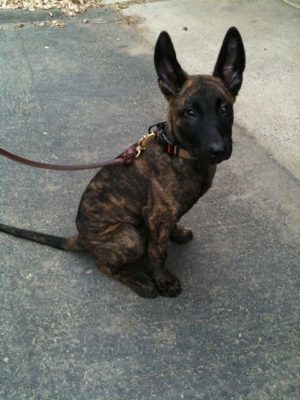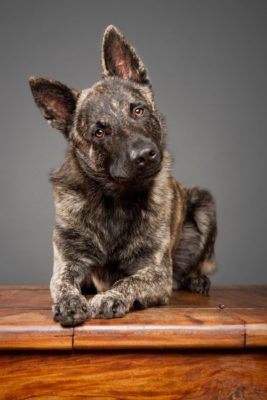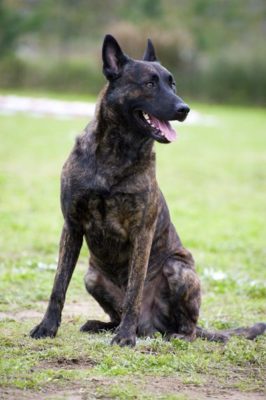Dutch Shepherd
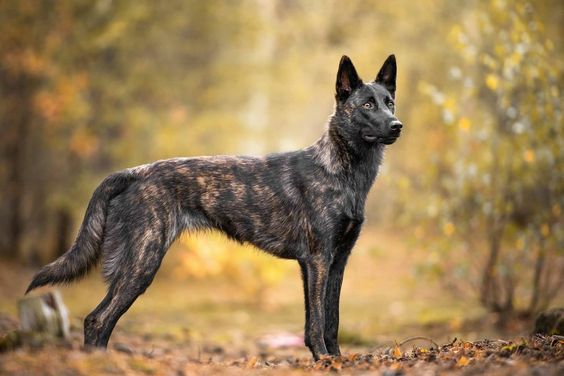
The Dutch Shepherd is a brilliant dog that seldom barks for no reason. The animal is very loyal and will love all family members.
Table of Contents
Breed Information
| Another Name | Dutch Herder, Nederlandse Herdershond |
| Origin | Netherlands |
| Height | Males 55-62 cm Females 50-60 cm |
| Weight | Males 23-30 kg Females 25-30 kg |
| Fur | Wool long, short, stiff |
| Color | Tiger with gold stripes, a tiger with silver stripes, golden brown |
| Lifespan | 11-15 years |
| FCI Classification | Sheepdogs and Cattledogs (except Swiss Cattledogs) |
| Group | Dogs for children, herding dogs |
| Price | From $700 |
Breed Photos
Origin History
The ancestors of the Dutch Shepherd were Belgian. Holland is the birthplace of this breed. People bred the dog to herd sheep. For long periods, the animal functioned only as a household helper.
Many years later, the Dutch Shepherd has become the leading dog in all shows. This was due to responsibility and observation. Such character traits are found in many shepherd dogs. In 1860, the Dutch Shepherd Dog received its official breed name.
Appearance
Life with this breed can be difficult because of its size. The Dutch Shepherd is a large and robust dog, the strongest part of the animal’s body is its legs. The height of male dogs is approximately 55-62 cm, bitches – 50-60 cm. Weight Herder male can be up to 30 kg. Girls are a little smaller – up to 25 kg.
Dogs are divided into three types: short-haired, hard-haired, and long-haired. The following colors characterize them: tiger with golden stripes, a tiger with silver stripes, golden-brown.
Character
The Dutch Shepherd is a brilliant dog that seldom barks for no reason. The animal is very loyal and will love all family members.
Owners who have children can safely have a Dutch Shepherd. The dog is very patient with babies. Younger family members can easily tease the animal. Herder does not bite. Although it is a guard dog, it will be a great friend.
Care
The Dutch sheepdog differs from other sheepdogs by its sensitive skin. When grooming, you need to keep this in mind. If you have a long-haired dog, the combing should be twice a week.
With short-haired dogs, it’s much more comfortable. To remove unnecessary loose hairs, wipe the dog with a damp towel. During the period when the dog is not shedding, special care is not necessary.
Training
The owner needs to assert leadership from the very first days of the dog’s stay in the home. This will help speed up the process of raising a sheepdog. For puppies, learning commands is perceived as a game. All training should be based on this.
As with any other dog, aggression and rough handling are forbidden. The animal immediately senses the mood. Here harsh treatment will not be to the owner’s advantage. The dog will not trust the leader for a long time yet. A negative trait of this breed is resentfulness. The sensitivity of dogs helps them to work with blind people. They are excellent guide dogs. If you’re looking for a bodyguard or guard dog, the Dutch Shepherd will do an excellent job.
Common Diseases
Fortunately, the dog has perfect immunity. There are no common diseases, and daily physical activity will only strengthen the body and health of the Dutch Shepherd. But if you notice something wrong with your dog, go to the vet immediately.
Nutrition
The Dutch Shepherd is unpretentious about food. The animal can eat both dry food and superfoods. But the choice is still up to the owner.
Nutrition should be balanced, with enough vitamins. It is more comfortable with dry food. It already has all the necessary components for the animal. If the owner chooses natural food, then fresh fruit and cottage cheese should be included in the diet.
The Dutch Shepherd needs constant access to water.
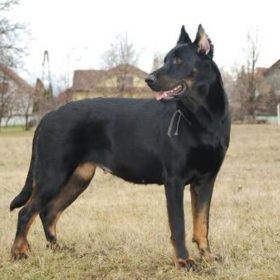 Beauceron
Beauceron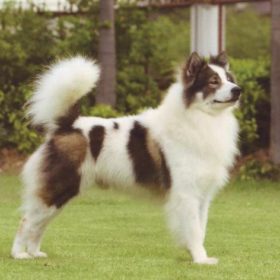 Thai Bangkaew Dog
Thai Bangkaew Dog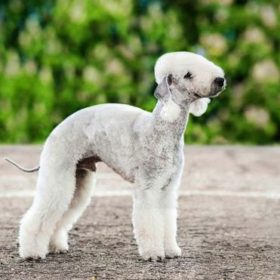 Bedlington Terrier
Bedlington Terrier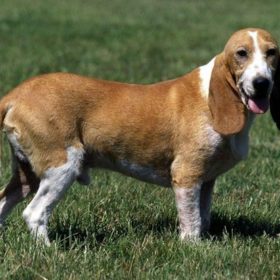 Small Swiss Hound
Small Swiss Hound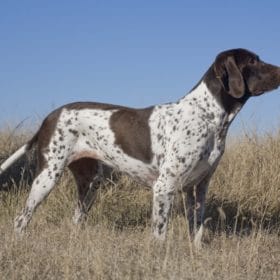 Old Danish Pointer
Old Danish Pointer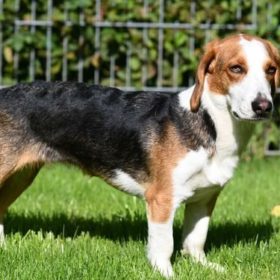 Westphalian Dachsbracke
Westphalian Dachsbracke